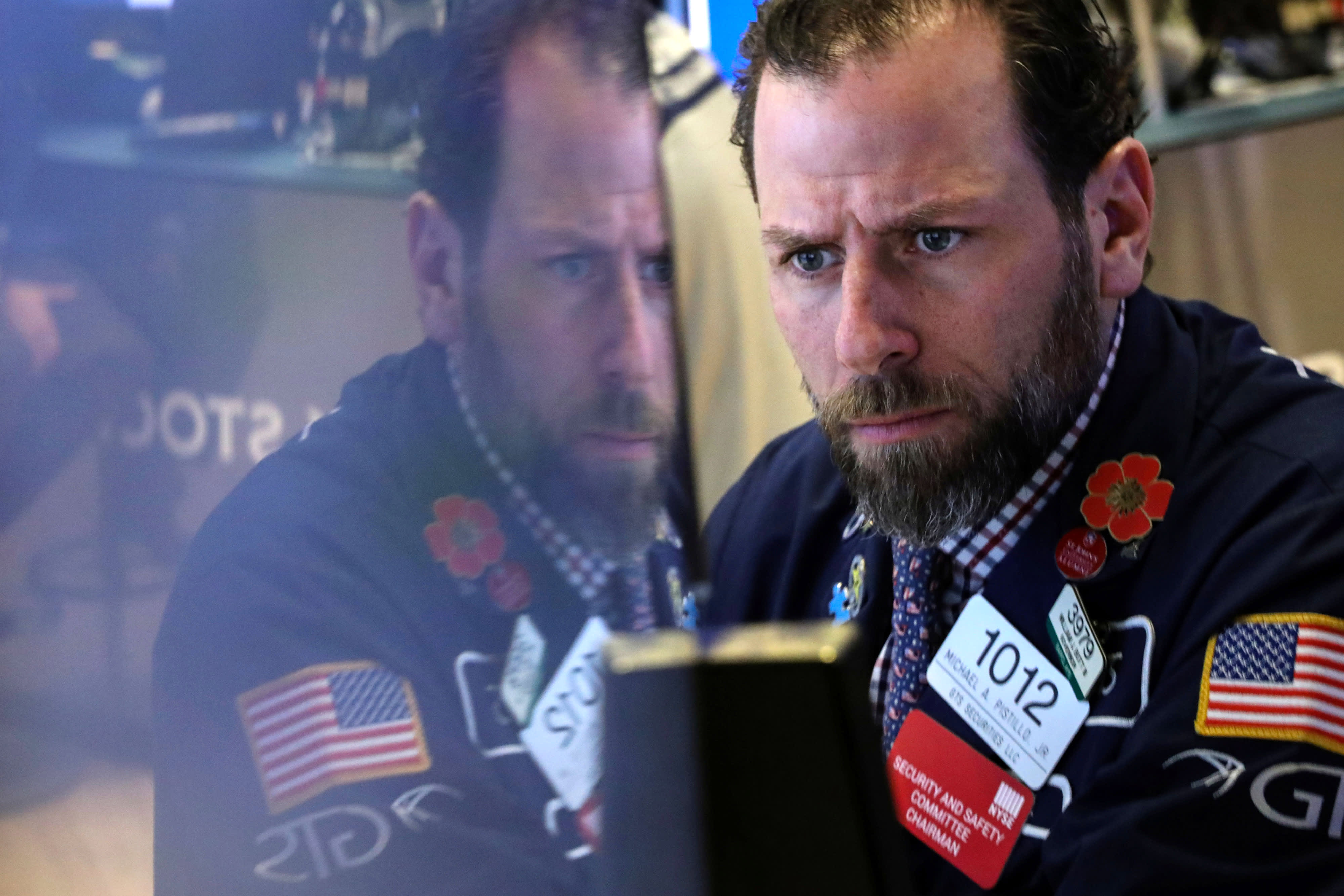Traders work on the floor at the New York Stock Exchange.
Brendan McDermid | Reuters
U.S. stock futures traded slightly lower on Wednesday night after Microsoft warned it will not meet its revenue guidance for a key business segment, citing the recent global coronavirus outbreak.
President Donald Trump is also scheduled to hold a news conference at 6:30 p.m. to address coronavirus concerns in the U.S.
Dow futures traded down 11 points and indicated to a loss of more than 30 points on Thursday. S&P 500 futures and Nasdaq 100 futures also declined slightly.
Microsoft said in a statement its supply chain is “returning to normal operations at a slower pace than anticipated,” which led the tech giant to cut its forecast for its personal computing division. Personal computing accounted for 36% of Microsoft’s overall revenue during the previous quarter. Microsoft shares were down 1.7% in extended trading.
The company’s warning came a week after Apple said it doesn’t current-quarter revenues to match it forecasts. Mastercard and United Airlines have also warned about a potential hit to their revenues from the coronavirus.
Worries over how the coronavirus will impact corporate profits and global economic growth have roiled the U.S. stock market this week as the number of confirmed cases increases. South Korea has confirmed a total of more than 1,200 cases. About 400 people have contracted the virus in Italy.
Through Wednesday’s close, the Dow has lost more than 2,000 points this week. The 30-stock average is also on pace for its worst percentage-point weekly performance since 2008, down 7% over that time.
The major averages are also more than 8% below the record highs set earlier this month.
“As this week’s selling has progressed, we have seen some evidence of increased caution on the part of investors,” said Willie Delwiche, investment strategist at Baird. “Investors are shifting away from excessive optimism but there is still little evidence of fear overwhelming complacency. Bottoms are typically processes punctuated by climactic events and seeing breadth indicators stabilize would be an encouraging sign that such a process is underway.”
Bond prices, in turn, have surged this week.
The benchmark 10-year Treasury yield fell to 1.3% on Wednesday, a record low. The 30-year bond rate is also trading at an all-time low. Yields move inversely to prices.
“We’ve hit a pocket of fear,” said Gregory Faranello, head of U.S. rates trading at AmeriVet Securities. “This is a big deal … If this flows into the U.S., we could be in trouble because, let’s face it, the U.S. consumer is what’s holding this thing together.
Subscribe to CNBC PRO for exclusive insights and analysis, and live business day programming from around the world.
